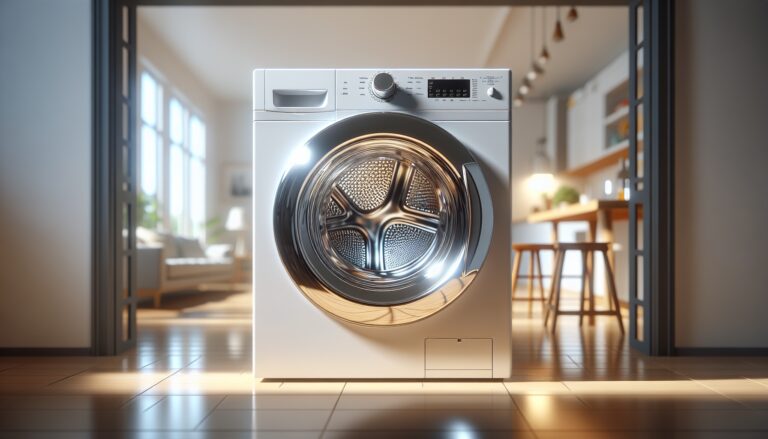Argomenti trattati
Understanding lint buildup in your dryer
Lint is an accumulation of tiny fibers, threads, and fabric particles that shed from your clothes during the drying process. As your laundry tumbles in the dryer, these particles are carried by the airflow to the lint trap, where they collect. This trap is specifically designed to catch the soft, fuzzy remnants of fabric that can accumulate during each drying cycle. However, many people overlook the importance of regularly emptying this trap, which can lead to serious consequences.
Why emptying the lint trap is crucial
Emptying the lint trap before each drying cycle is essential for both safety and efficiency. A full lint trap poses a significant fire hazard; the flammable material can ignite when exposed to the high heat of the dryer. Furthermore, a clogged lint trap restricts airflow, making your dryer work harder and less effectively. This not only prolongs drying times but also increases energy consumption, leading to higher utility bills.
Best practices for maintaining your dryer
To ensure your dryer operates at peak performance, it’s recommended to check and empty the lint trap every time you load wet clothes. This practice not only enhances airflow but also prevents lint from spreading onto clean clothes. Additionally, cleaning the lint trap before starting a drying cycle ensures that you maintain optimal drying conditions. For thorough maintenance, inspect both the lint trap and the slot it fits into. Regularly vacuuming these areas and rinsing the trap under warm water can help eliminate stubborn lint buildup. Remember to check the dryer vent at least once or twice a year to prevent clogs and ensure safe operation.

